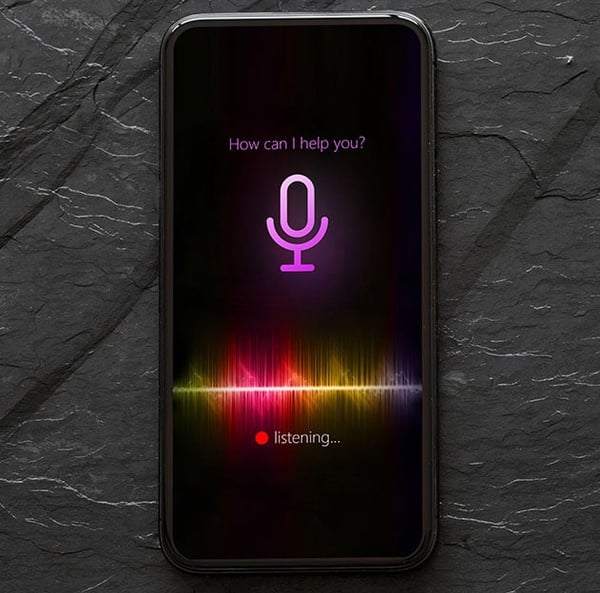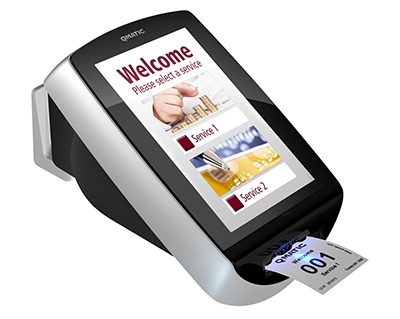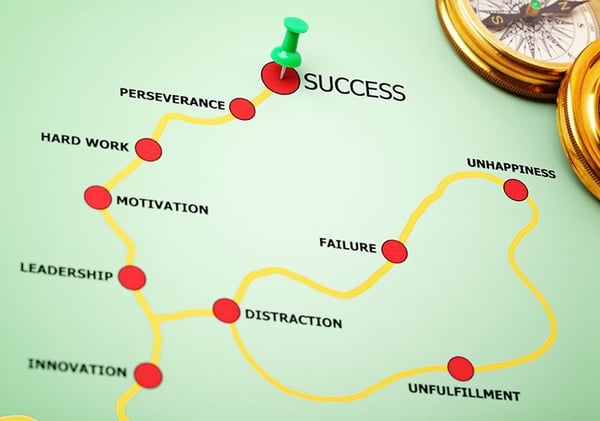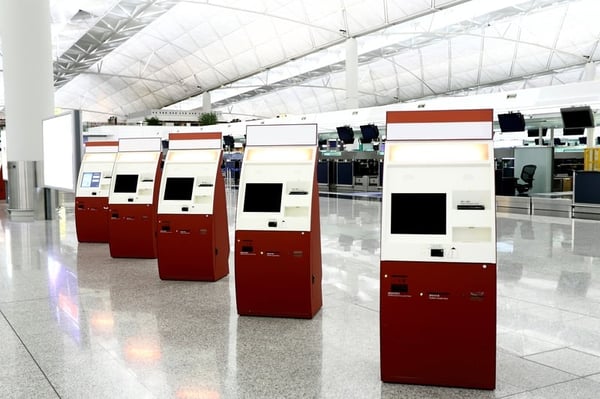- Blog Overview
- Knowledge
- How ‘Smart’ Cities are Improving Lives for Communities and Citizens

How ‘Smart’ Cities are Improving Lives for Communities and Citizens
Peter Lundqvist |June 7 2017 | 4 min
On city, state, and national levels, government organizations are working to understand how big data technologies could transform how metro areas work. Many have begun to gather, organize, store, analyze and use insights in an effort to become more efficient and improve life for their citizens. For these leaders, the right kind of information, centralized and distributed to the right places at the right time is the key to delivering services and support that can make communities better at every level.
“In terms of city governance, we are at one of the most consequential periods in the last century.”
(Stephen Goldsmith, Innovations in Government Program, Harvard Kennedy School)
A Faster, Better, More Personal Citizen Journey
Civic organizations around the world have been using data on some level and in some form for decades, but the breadth and speed at which cities are getting ‘smart’ is accelerating and zeroing on in key priorities. In St. Petersburg, Russia, for example, city leadership is so dedicated to making sure its citizens receive efficient, attentive care that they have set up multi-functional centers (MFC). In a single location, people can get assistance with more than 200 public service activities via the same office. Every step in their journey, from appointment setting to post-service review, is recorded, stored centrally, and distributed logically.
The data keeps staff informed so they can assess and iterate the citizen journey quickly, optimize the use of facilities and, perhaps most importantly – make sure that service level remains high. In fact, if a citizen’s wait exceeds a set amount of time, the mayor gets an alert – it is a commitment to service that influences every level of the city leadership organization.
Modern civic analytics are gaining traction for a variety of reasons.
- Individuals are more accustomed to – and connected by – devices like GPS tracking systems in our vehicles, smart home appliances, and fitness sensors.
- In using these devices, we’re feeding data into networks cities can use to understand their own ‘vital signs’ – the patterns, needs, desires, and innovations that will improve the health of the community.
- As we become more comfortable with the idea that we are feeding information into data ‘stores’ in exchange for more personalized, fulfilling lives, we also become more expectant of better experiences.
- And organizations are more capable of delivering on those expectations by tapping into customer/citizen experience technologies like cloud and premise-based data storage, flexible dacitta applications, and real-time reporting dashboards.
I am fascinated by all the ways that cities are getting better because of the ‘smart’ technologies that are connecting us. From the community level to individual homes, we have the resources to make the lives of citizens more efficient, safer, and healthier. It's improving how resources get used and increasing the quality of life.
Learn more about how Qmatic technologies are connecting people with civic organizations and leaders to help cities grow smarter and better.
____
Source Article: https://www.wsj.com/articles/the-rise-of-the-smart-city-1492395120








